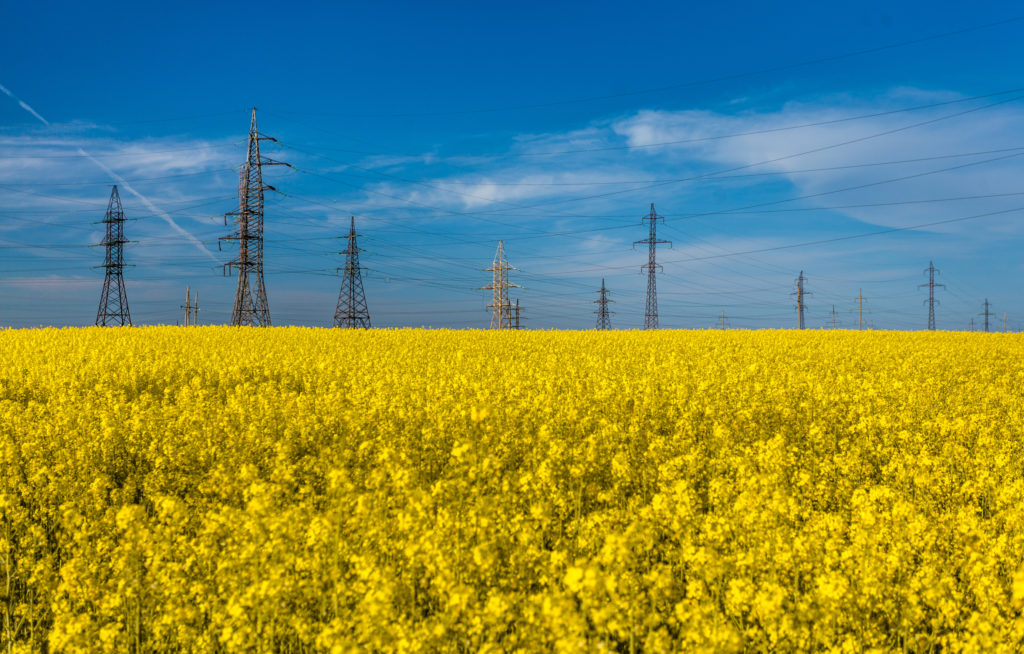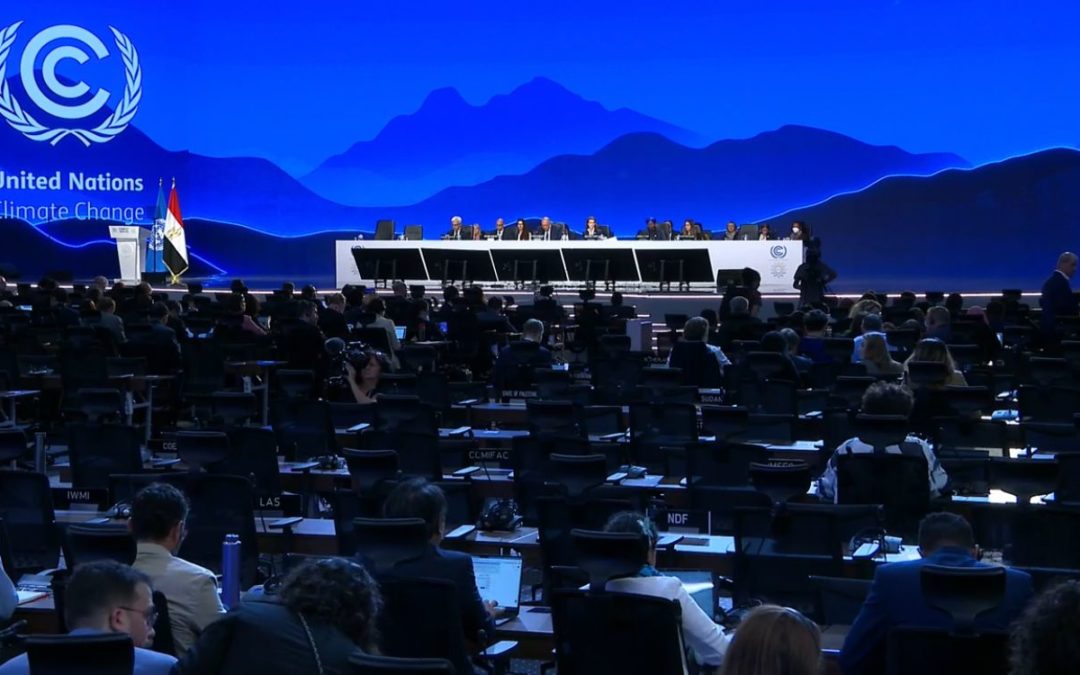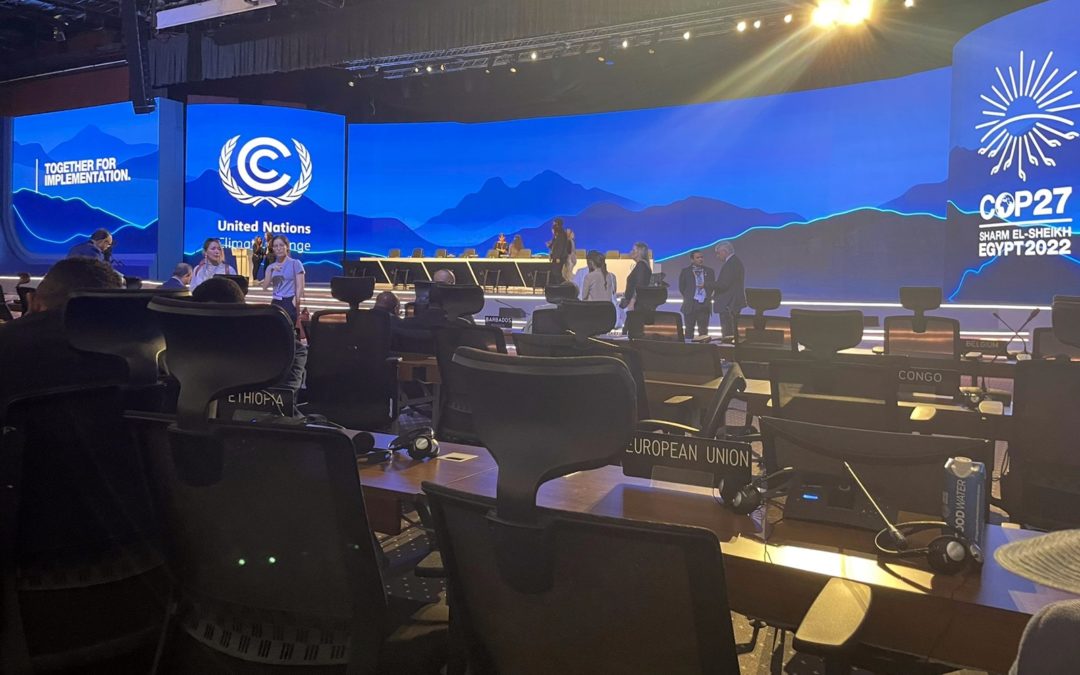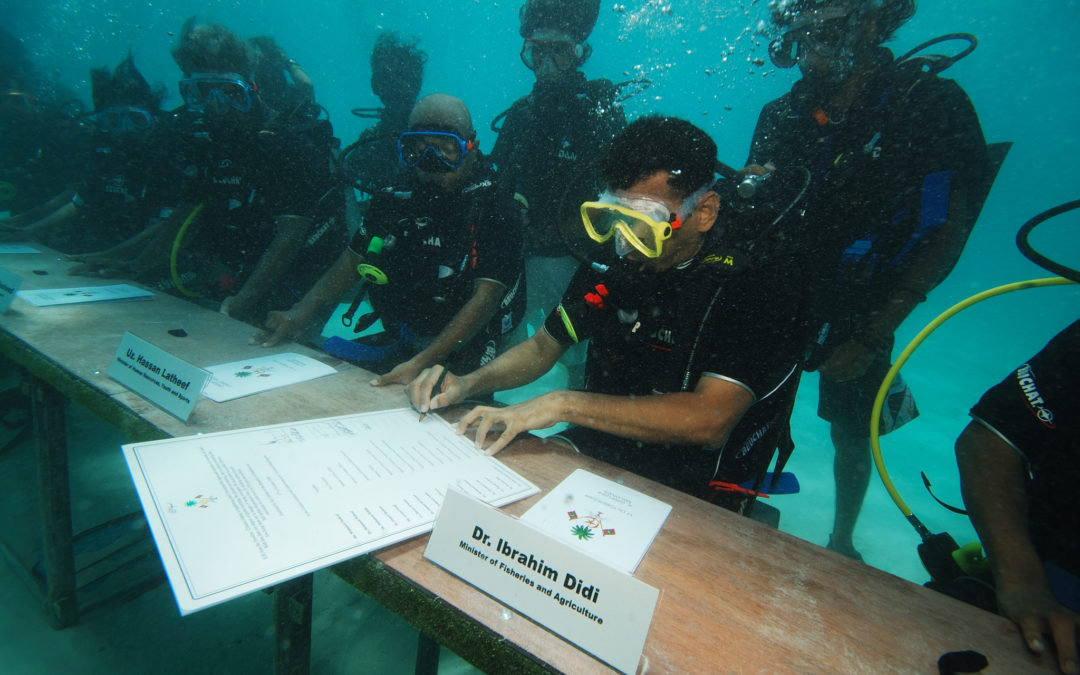The Russo-Ukrainian war has created a political opportunity for Ukraine to gain admission to the European Union through an accelerated procedure, in contrast to the decades old practice of the past. Apart from the political, economic and security aspects of this situation, our present analysis reviews the climate policy aspects of a possible accession, examining whether the country is adequately prepared for it.
The Green Policy Center of course support and immediate end to the fighting, however we also consider it important to present such policy analyses as a green think tank.
—
With the President of Ukraine formally submitting his country’s application for EU membership to EU leaders on 28 February, it is important to examine the chances of this and its implications for the energy and climate policy of both Ukraine and the EU. EU leaders first formally addressed the issue at their meeting on 10 March, but did not support Ukraine’s immediate and extraordinary accession directly. The leader of the “anti-accession” Member States was the Netherlands, while the Eastern European Member States mostly wanted to provide Ukraine with some more positive confirmation and a vision of a possible accession. The latter was ultimately done by tasking the EU Commission to examine whether Ukraine is sufficiently prepared for an EU accession.
It could be mentioned, that Ukraine would not be the first country to join the EU without meeting the traditional EU accession criteria. There is the case of Greece, for example, where the country was not considered to be ready to join the EU at the time, but was allowed to do so to hinder a possible communist takeover. We can also cite the example of East Germany, where EU law became applicable immediately after the reunification of Germany, the East German states did not have to introduce the EU legislation before they became part of the EU. However, this article does not explore the rationales for a political decision-making, but rather seeks to show the level at which Ukraine is currently standing in the field of energy and climate policy, and whether the country’s accession could begin on the basis of these.
It is important to note that Ukraine has already started the accession process, and the association agreement between the country and the EU of 2014 is still in force, the chapters on climate change of which have just been under renegotiation by the parties. In this document, Ukraine undertook among others to adopt the rules of the EU’s climate and energy policy. For example, during the recent negotiations the parties have agreed on the necessary steps and deadlines for the introduction of the EU Emissions Trading Scheme, one of the most complex climate policy instruments of the EU. The country’s approximation to the EU climate and energy acquis takes place mainly within the framework of the Energy Community, an international organization of the EU, that aims to prepare the EU’s neighbourhood countries for the EU accession. Bulgaria, Croatia and Romania have also followed this path, and Ukraine has been a member of the organization and participates in its work since 2011.
In addition to supporting legislative work, the Energy Community’s other main task is to monitor the progress of its Contracting Parties, presented in its annual Implementation Reports. According to the chapter on Ukraine of the 2021 Implementation Report, the country is well advanced in transposing EU climate acquis; it has scored 56% for renewable energy, 75% for energy efficiency and 66% for climate change acquis transposition. Progress in the legal reform of the energy sector in the country has continued as well, with an overall figure of 91%, according to the latest report. Ukraine has recently set out a number of climate policy targets and goals in addition to ratifying of the Paris Agreement, so it is worth comparing these with EU targets to see how they measure up against each other. Although the country was already making the final touches on its draft National Energy and Climate Plan (NECP), the outbreak of the war has now delayed the process indefinitely, so we can only rely on information found in other strategic documents. In the absence of an NECP, we used the study of the Energy Community Secretariat of 2019, which proposed targets for the National Energy and Climate Plans of its Contracting Parties until 2030. In order to compare the current (pre-war) situation of Ukraine, data for Romania and Poland are presented in the table below, as these EU Member States are close to Ukraine in terms of either population or economic performance.
| European Union | Poland | Romania | Ukraine | |
| Population (million ppl) | 447,20 | 37,97 | 19,37 | 44,39 |
| GDP (billion USD) | 15689,00 | 597,28 | 249,88 | 153,89 |
| GHG emissions (tons per capita) | 6,42 | 8,24 | 3,85 | 4,15 |
| GHG reduction in 2019 (base year 1990) | -24,0% | -17,0% | -55,0% | -62,4% |
| 2030 GHG target (base year 1990) | -55,0%* | no national target** | no national target** | -65,0% |
| RES share in 2019 | 19,7% | 15,38% | 24,29% | 8,1% |
| RES Share in 2030 | 40,0%* | 21-23%** | 30,7%** | 21,2%*** |
| Energy efficiency in 2030 | -32,5%* | -23%** | -45,1%** | -31,7%***** |
Data from World Bank, UNFCCC, EU, Energy Community.
* According to the EU Fit for 55 Proposal.
** According to the National Energy and Climate Plans of the Member States
*** According to the EU scenario of the Energy Community study of 2019
**** According to the EU scenario of the Energy Community study of 2019 in reference to 2008
Based on the above data, it can be seen that Ukraine’s current performance and targets are close to those of the EU and selected Member States with a similar economic situation or population. It should also be noted that during the last UN climate conference in 2021, Ukraine announced that it would phase-out coal from its energy sector by 2035. Furthermore, the country’s Nationally Determined Contribution states, that already 63% of the country’s energy production is coming from low-carbon sources, thanks to the high share of hydropower and nuclear energy in Ukraine. Another important milestone is Ukraine’s commitment to become climate neutral by 2060. Although this is later than the EU’s 2050 climate neutrality target, it is easier to step up the ambition than starting from scratch.
The country has also submitted a long-term emission reduction strategy to the UN, has set up a Measurement, Reporting and Verification (MRV) system, an important step for implementing an Emissions Trading Scheme (ETS), and adopted EU legislation to limit ozone depletion substances and F-gases with the support of the EU4Climate project. During the second phase of the project, the possibility and timetable for the implementation of the European Green Deal legislation in Ukraine was already examined earlier this year. It should also be noted that the last meeting of the Ministerial Council of the Energy Community at the end of November 2021 has adopted the introduction of the Clean Energy for All Europeans package, which includes current EU rules on renewable energy, energy efficiency, climate governance and energy markets. Unfortunately, both the introduction of the package and the continuation of the EU4Climate project are postponed indefinitely by the war.

To talk about at least one “positive” aspect of the war, although the EU and Ukraine’s energy systems were originally scheduled to be synchronized only by 2023, this was already achieved on 16th March through a record pace process. Synchronization is required to connect the networks of the two areas so that electricity can be supplied in both directions. Ukraine was just testing it network in isolation mode on 24th February, and has been in isolation since the Russian attack began that day. This has put a very heavy burden on the Ukrainian electricity grid, as the failure of any power plant could have caused power outages in the country, since Ukraine was unable to procure electricity from the EU. As we can see, Russian troops were also exploiting this vulnerability by trying to occupy power plants. However, by connecting the two systems, security of supply in Ukraine has increased.
Based on the above, it can be concluded that although Ukraine is not yet on a par with the EU Member States in terms of transposing climate policy acquis, the country took it seriously before the war to catch up with the EU as soon as possible. The Ukrainian leadership also considered these steps to be of paramount importance because they believed that the introduction of the EU Emissions Trading Scheme and the adoption of the European Green Deal legislation could avoid the negative consequences of the EU’s new carbon border adjustment mechanism (CBAM) on the country’s economy.
Although it is not yet clear what the results of the Commission’s inquiry will be and what recommendations it will make regarding the country’s possible accession to the European Union, we can say that Ukraine has a good basis of climate legislation in order to move forward quickly. Regardless of the outcome of the Commission’s inquiry, the two biggest open questions will be the state of the country after the soon-to-be-ended war and if the long-term political will of the leaders of the European Union will keep up in the process.




